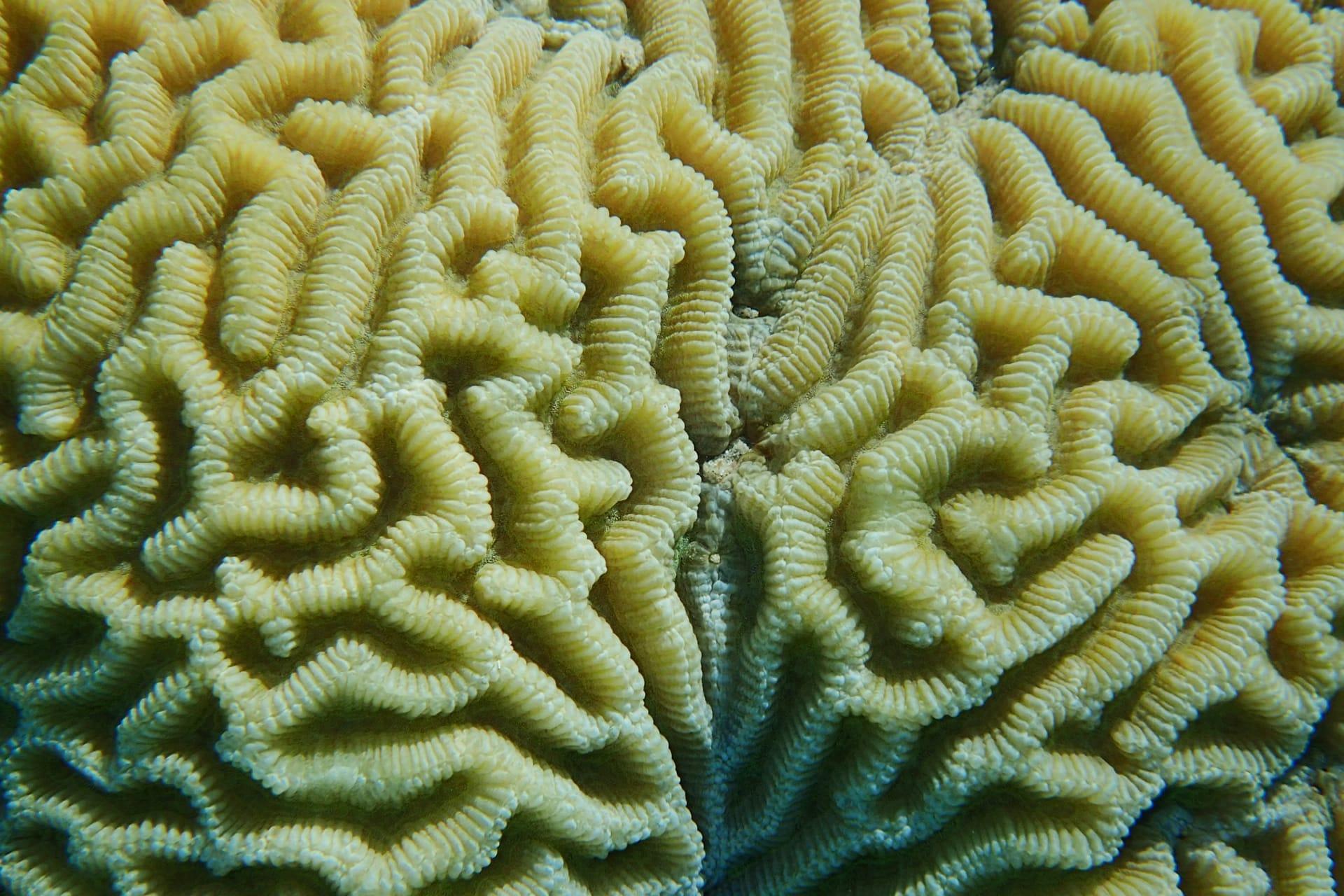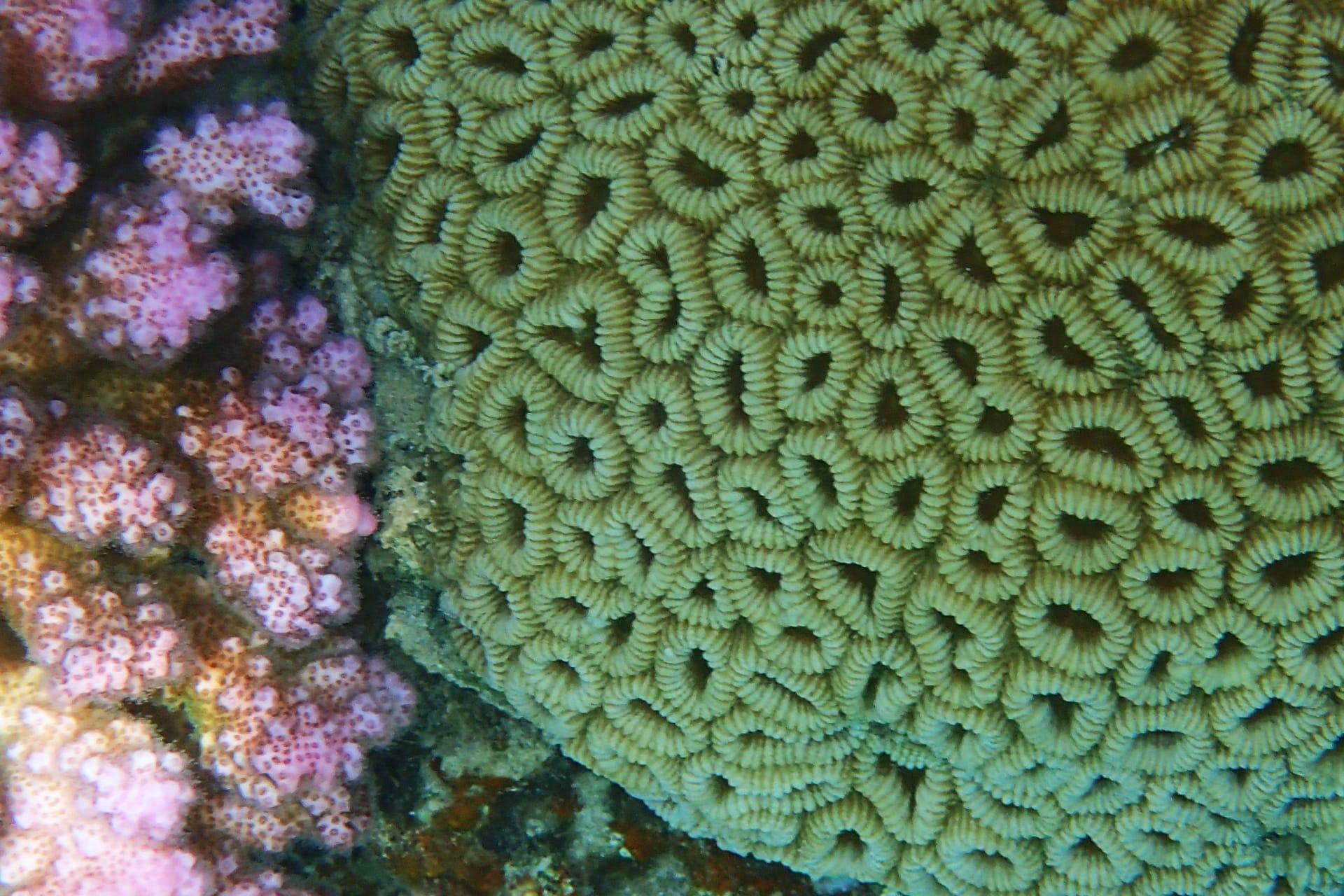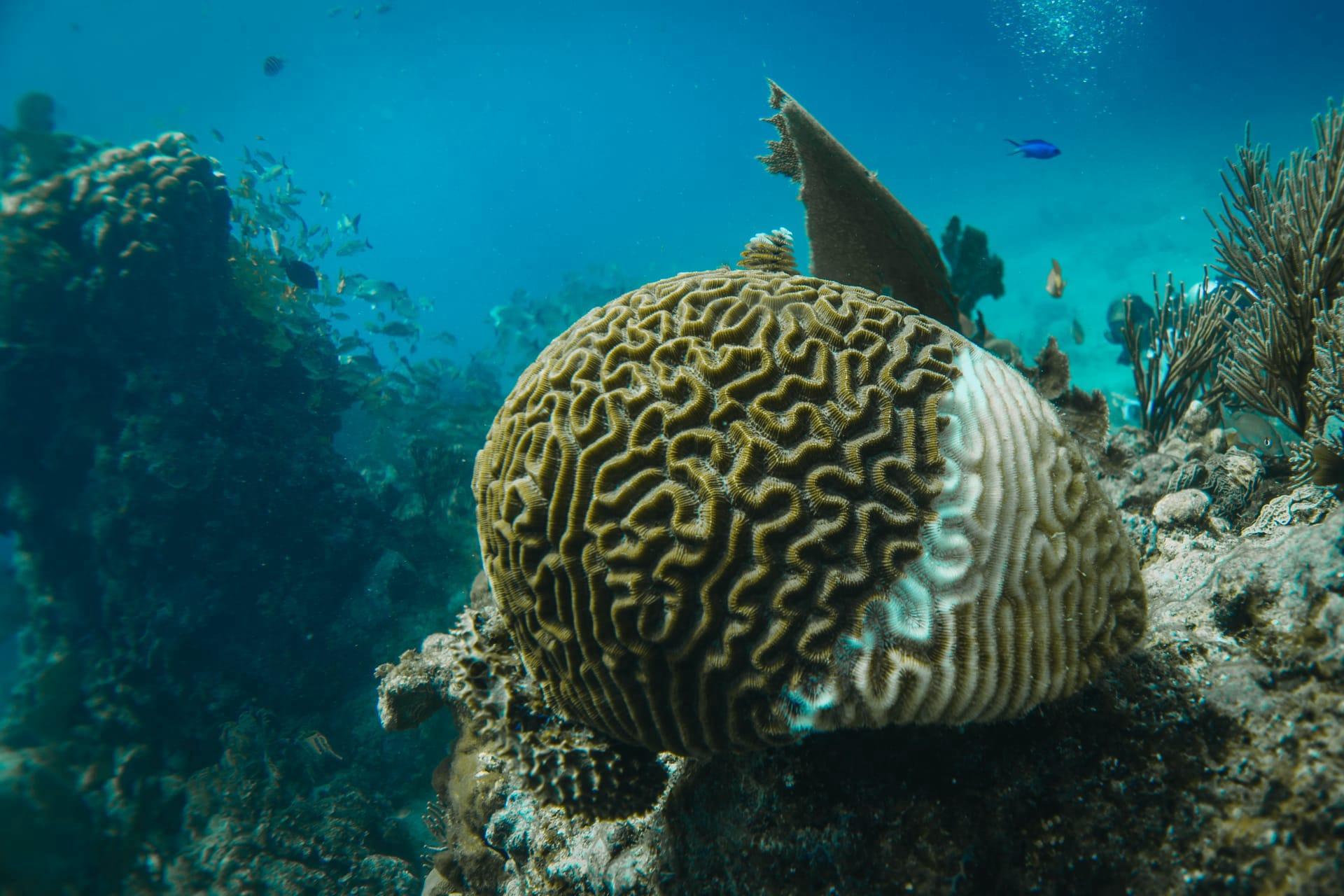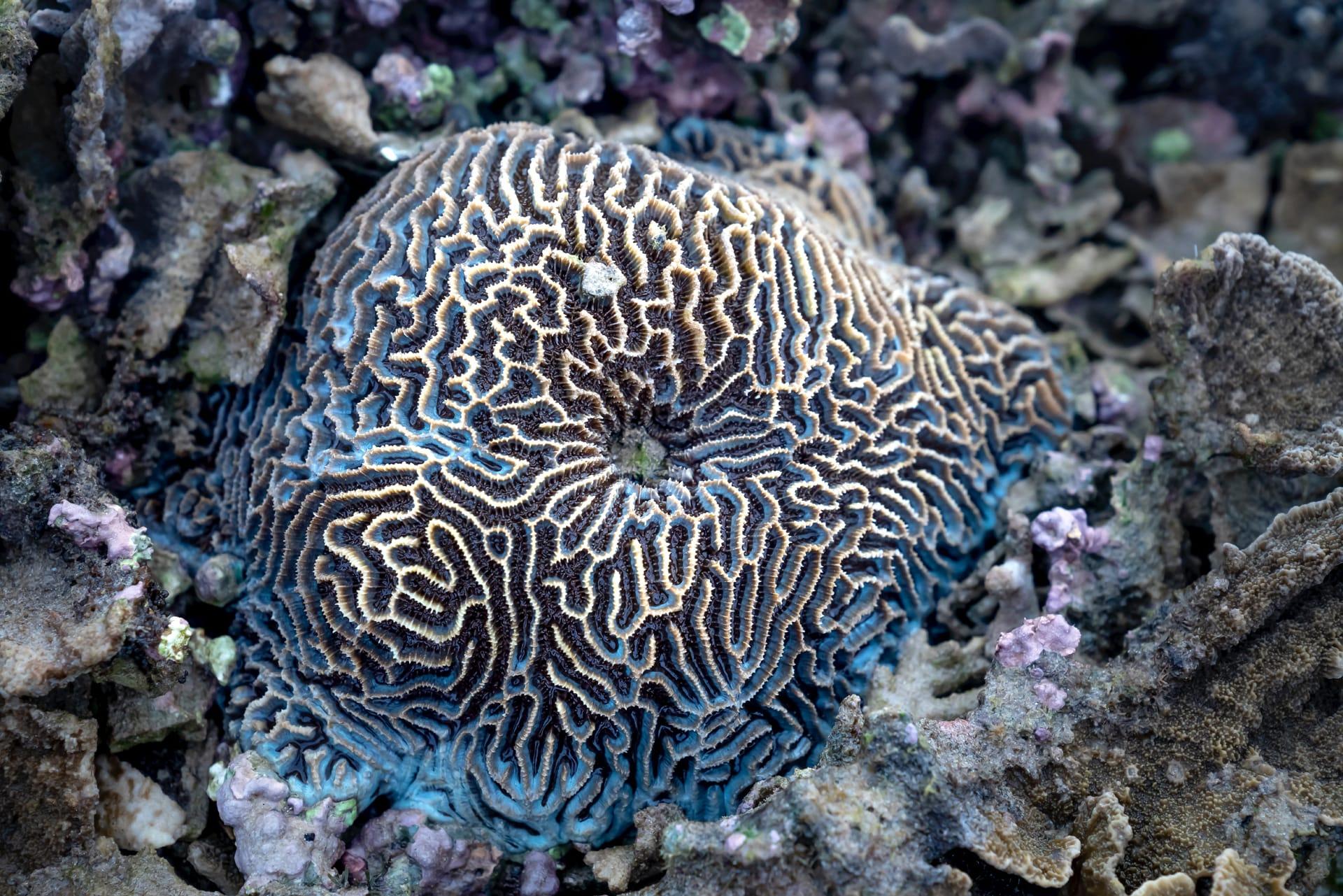Brain Coral Trivia
- Home /
- Trivia Question /
- Animal /
- Brain Coral Trivia
1
Question: What exactly is a brain coral and how does it get its distinctive appearance?
Answer: Brain corals, part of the family Mussidae, are named for their striking resemblance to a human brain. They have a hard, limestone skeleton covered in grooves and ridges, much like the cerebral cortex. This pattern is formed by the coral's polyps retracting into the skeleton, leaving these characteristic channels that also help in nutrient distribution.
Question: How do brain corals contribute to the reef ecosystem?
Answer: Brain corals play a crucial role in reef ecosystems. They're not just picturesque; they provide habitat and shelter for various marine species. Their robust, dome-shaped structure resists strong currents, helping to stabilize the reef structure. Additionally, they're a source of food for some fish and microorganisms, creating a dynamic and interconnected ecosystem.

2
Question: Is it true that brain corals can only be found in shallow waters?
Answer: This is a common misconception. While many brain corals thrive in shallow, sunlit waters, some species can be found at depths of up to 100 feet (30 meters). Their location largely depends on water clarity and sunlight penetration, as they need light for photosynthesis, performed by their symbiotic algae, zooxanthellae.
Question: Do brain corals possess any form of intelligence, given their name?
Answer: Despite their name, brain corals do not have a brain or intelligence. The name comes solely from their physical appearance. These corals are colonial organisms made up of numerous genetically identical polyps, each contributing to the growth and health of the entire colony, but they lack a central nervous system or cognitive abilities.

3
Question: How long can brain corals live?
Answer: Brain corals are among the longest-living corals, with some colonies living for hundreds of years. Individual polyps grow very slowly, at rates of about 0.4 to 0.8 inches (1 to 2 cm) per year. This slow growth contributes to their longevity, with some colonies estimated to be over 900 years old.
Question: Can brain corals recover from bleaching events?
Answer: Brain corals, like many other coral species, are vulnerable to bleaching caused by environmental stress, such as rising water temperatures. However, they do have a capacity for recovery if conditions improve. The process is slow and depends on various factors like water quality, temperature normalization, and the presence of zooxanthellae to repopulate the coral's tissues.

4
Question: What are the main threats to brain coral populations?
Answer: Brain corals face several threats, primarily from human activities. These include water pollution, overfishing, destructive fishing practices, and climate change leading to ocean acidification and increased sea temperatures. All these factors contribute to habitat degradation, increased susceptibility to diseases, and bleaching events.
Question: How do brain corals reproduce?
Answer: Brain corals can reproduce both sexually and asexually. In sexual reproduction, they release eggs and sperm into the water in a synchronized event known as spawning, usually occurring once a year. Asexually, they can reproduce through fragmentation, where broken pieces of the coral grow into new colonies if the conditions are favorable.

5
Question: Can brain corals change color?
Answer: Yes, brain corals can change color, often as a response to environmental stressors. Changes in water temperature, light conditions, and water quality can cause them to exhibit different colors. However, drastic color changes, particularly bleaching (turning white), can indicate severe stress and potential health issues for the coral.
Question: Are brain corals affected by ocean acidification?
Answer: Ocean acidification, a result of increased CO2 levels in the atmosphere, poses a significant threat to brain corals. The lower pH levels in water can slow down calcification, the process by which corals build their limestone skeletons. This makes them more fragile and susceptible to damage, and can impair their growth and structural integrity.